My first contribution to 35mmc is more a consequence of shoddiness than anything else. On a lazy Saturday, I picked a shiny Agfa Click II in the local thrift store, for the sensible price of 3,5 euros. The Agfa Click, and her sibling, the Clack, are often dismissed as toy cameras, some even compare them to the Holga. That’s quite unfair because, despite their simplicity, these shooters are quite capable.
I sincerely marvel at the ingenuity of Agfa engineers: they squeezed the most out of their bare-bone mechanical and optical designs. One must give credit to them for building durable devices with rather unsophisticated materials.
But, back to the “shoddiness” part: after years passed in a dark cupboard, the lens needed some care and a bath in ammonia to get rid of fungus. My Click II uses an air-spaced doublet instead of the meniscus found in previous Click versions. The two elements are held together by a tin ring coupled to the front assembly by three plied fins. One doesn’t even need precision tooling to tear apart the whole thing.
Perhaps the austere assembly instilled me undue overconfidence, or perhaps I was hastened to catch the afternoon light. I will never know why I re-assembled the lens with the rear element reversed.
Unaware of my mistake, I loaded a roll of Ilford PanF 50 and set out for a sunny afternoon, for a stroll on the riverbank of the Schelde.
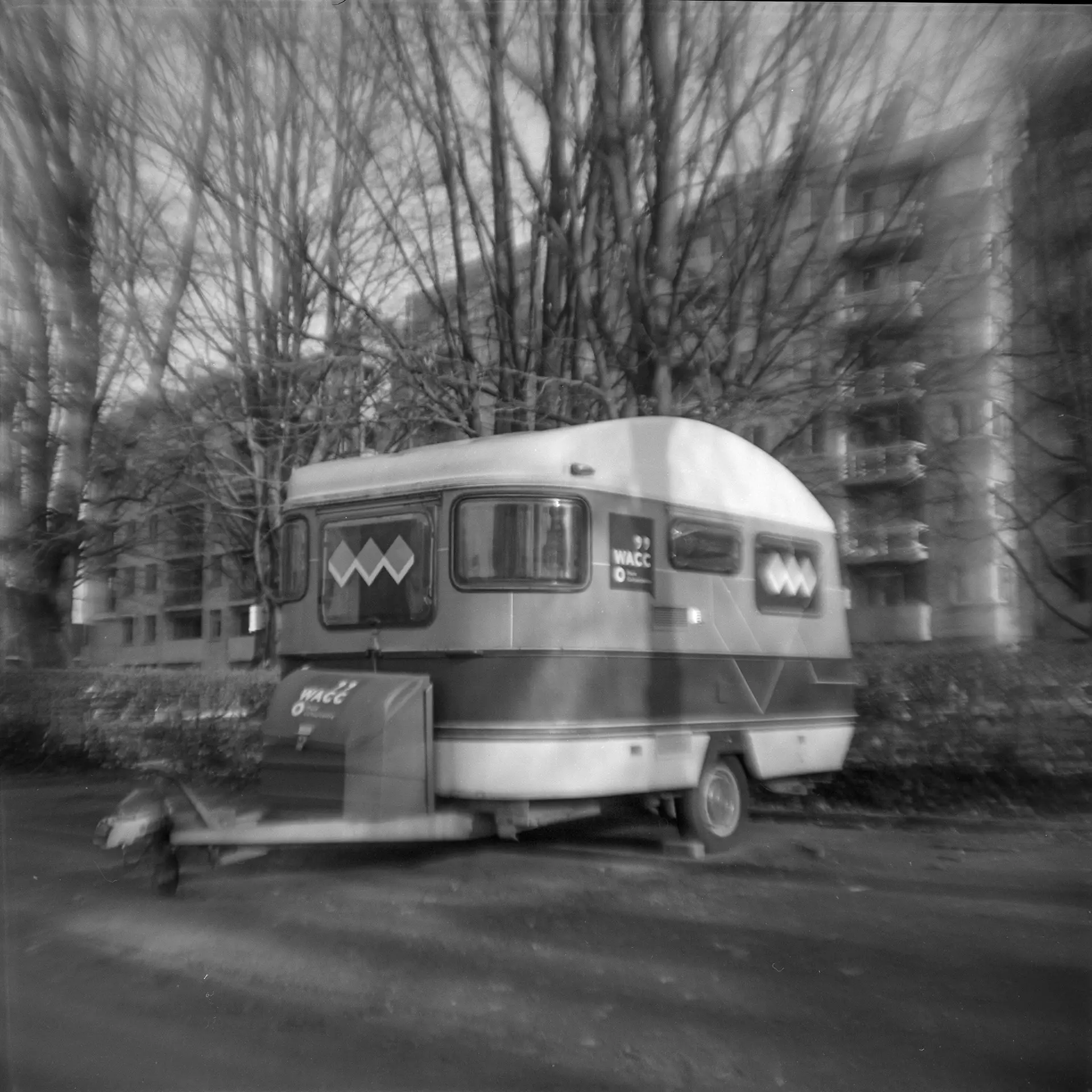
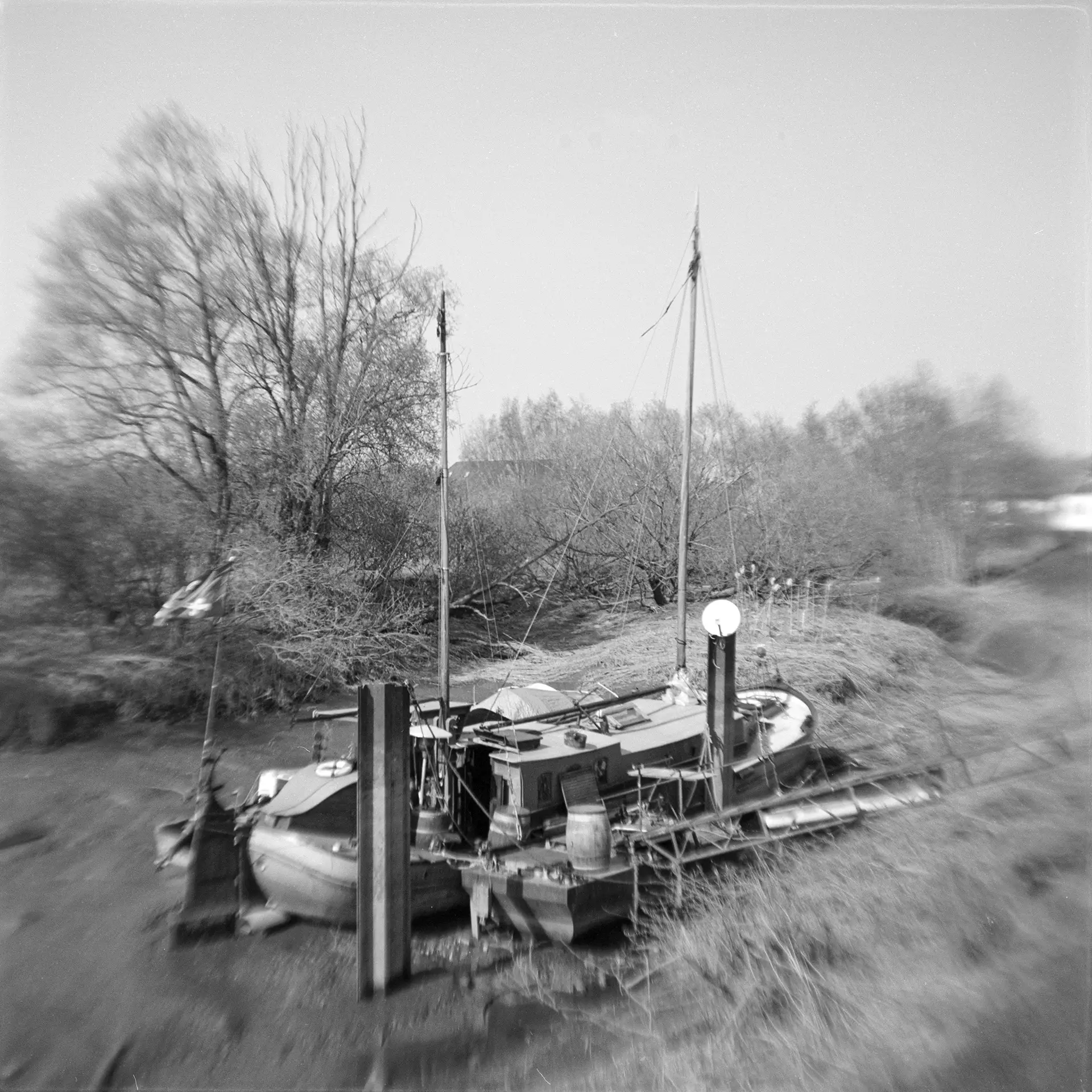
Square format has a curious effect on me: it makes me search for depth and light contrasts. The Click sports a 72mm lens focused on infinity at f8.8 or f11. One can forget about the depth and rather settle for light contrast and avoid busy subjects. Nevertheless, I kept instinctively composing in the centre because of the innate symmetry of 6×6 screams for that.
The viewfinder is spartan but precise. The generous bakelite body handles well and compensates for the long excursion of the shutter lever. Double exposures are possible if wanted, otherwise I advice to develop the instinctive act of “rewind-after-shooting”, being the proud owner of two old Yashica TLRs, I have been through this long ago.
The Click II has such a silly look that it could be the less menacing street camera to shoot in plain view if it wasn’t for the slow shutter.
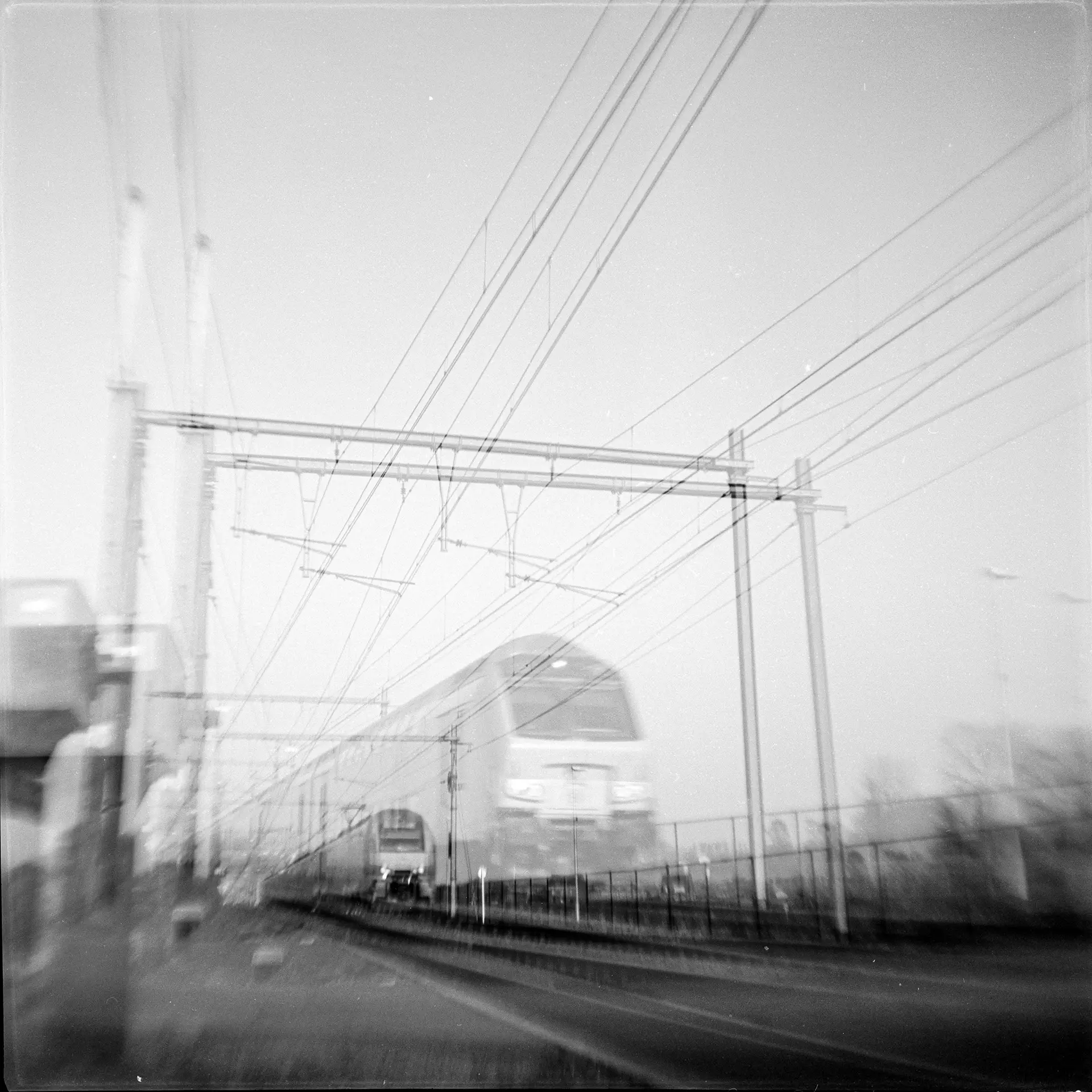
While I enjoy the simplicity of a world at 50 ASA where your options are just “Sunny” or “Cloudy”, I profoundly hate the diaphragm lever because it also engages the internal close-up lens. There’s no way to realise that the lens is on while composing and shooting. Indeed, I found myself sliding the damned thing when it shouldn’t have been the case. In retrospect, it didn’t make much difference, as I discovered afterward.
Imagine my surprise when I developed the negatives. After a first solemn utterance, I looked closely at each frame and stopped invoking supernatural punishment hitting me.
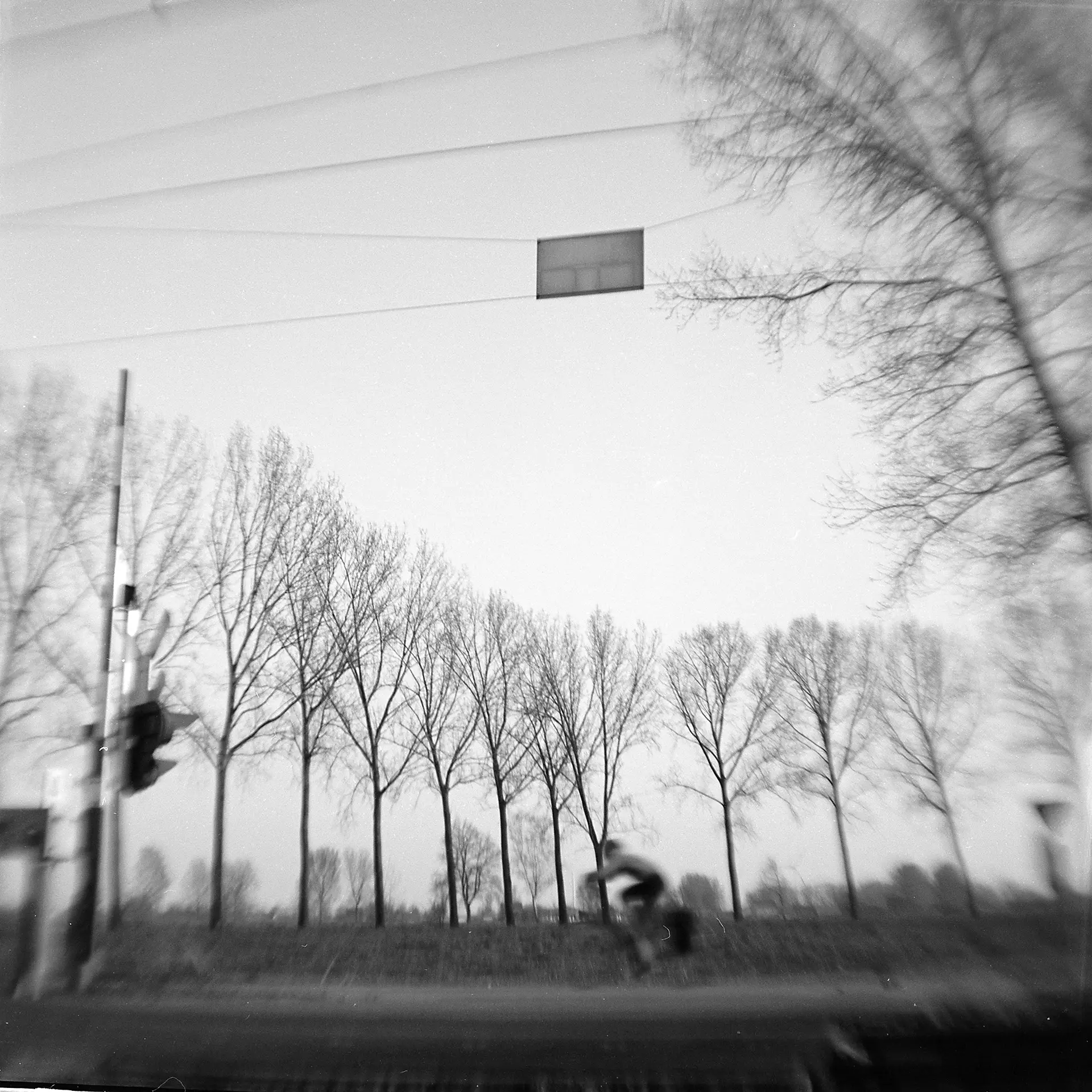
The internet is full of articles on how to reverse a glass element and give pictures the dreamy look. In my hasted haze, I inadvertently modded the Click II to become the master of dreamy photography. It isn’t a perfect mod because the center of the image remains slightly out of focus. But the dreamy halo is an artsy surrogate for depth, the same depth that I assumed to lack completely. I can positively say that instinctively framing for the center saved most of the shots. I might have achieved a lesser result if I had to compose on a 6×9.
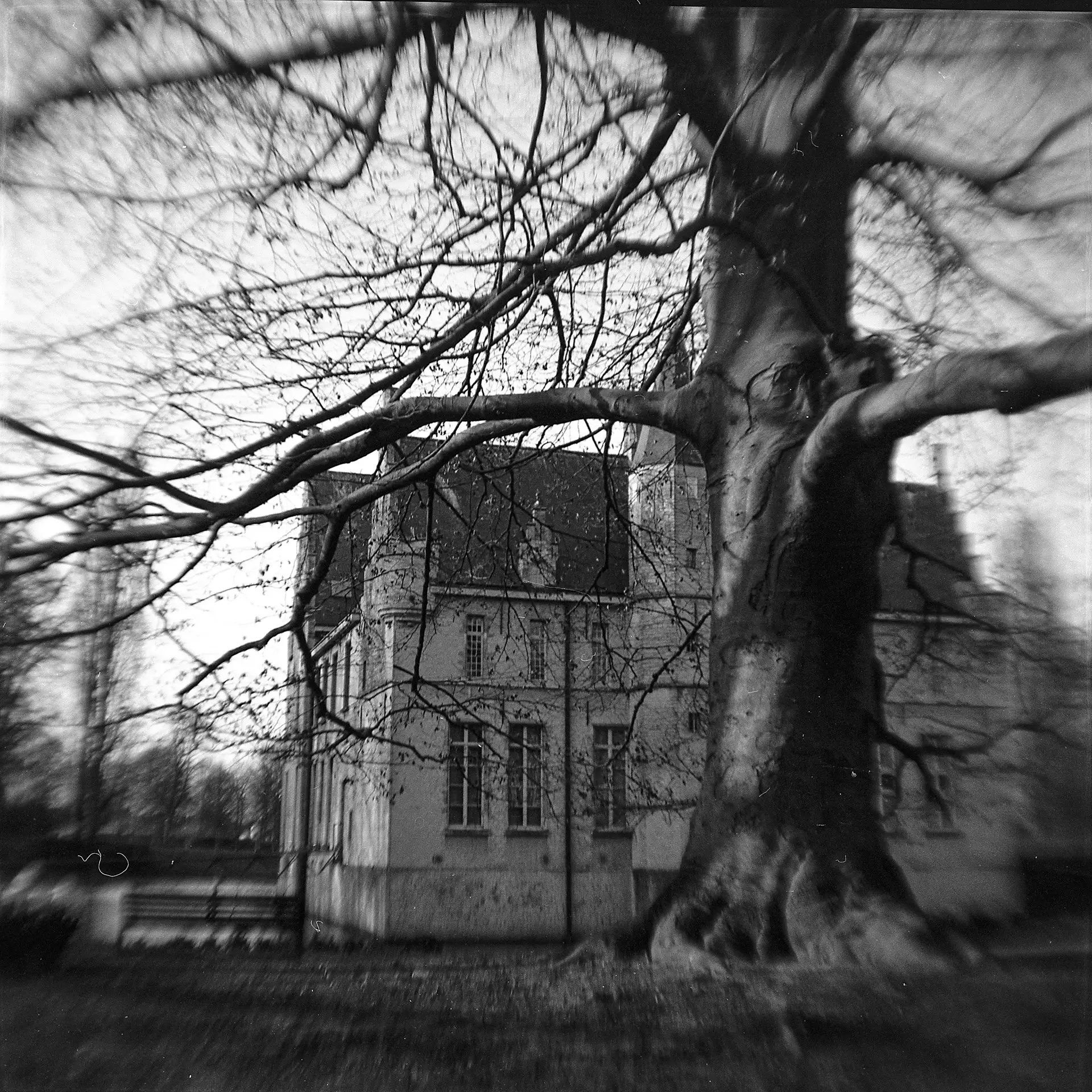
The more I look at the pictures the more I link with them. I feel the connection so much that I decided to keep my Click II with the reverse lens for many film rolls to come!
See the whole roll here…
Share this post:
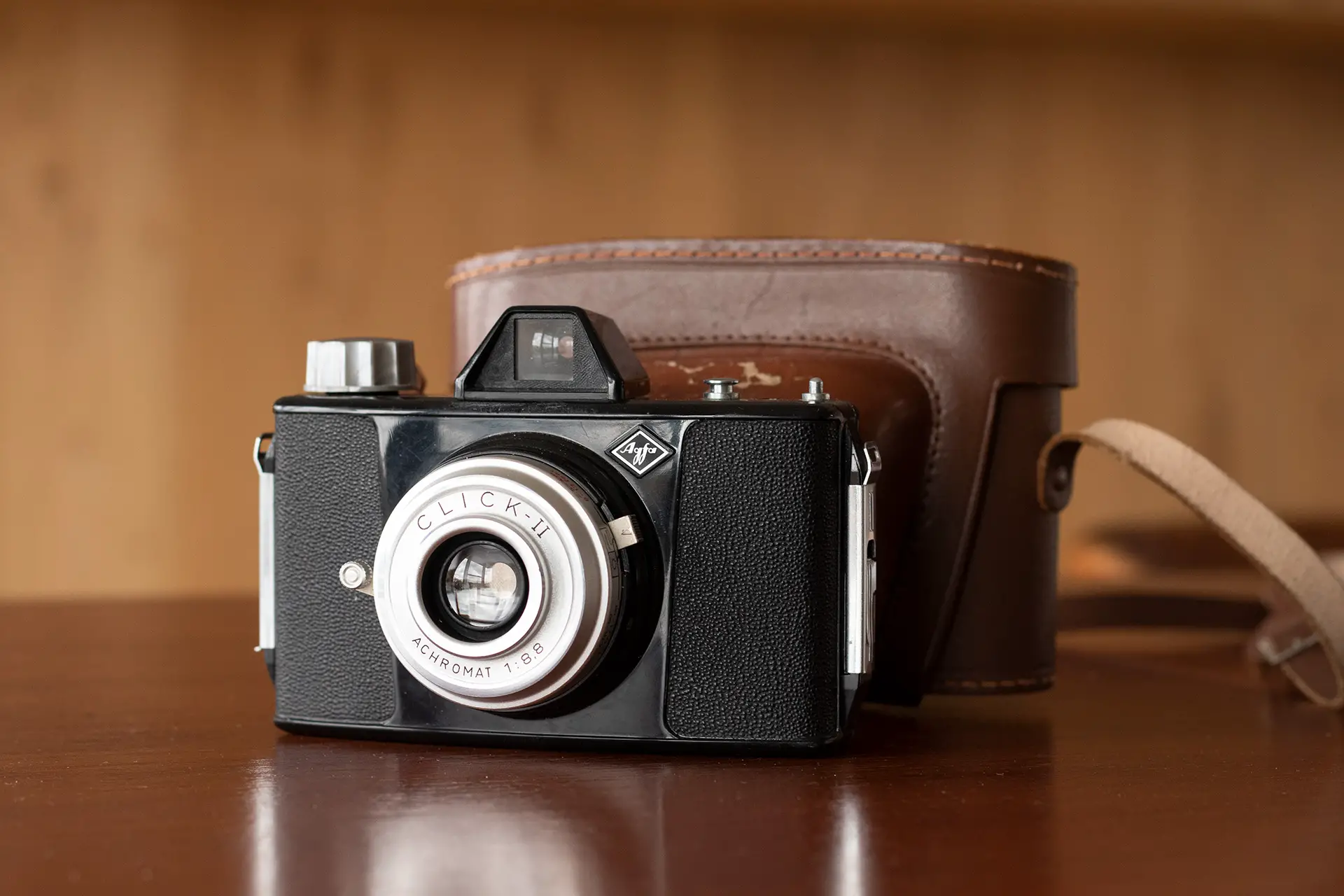
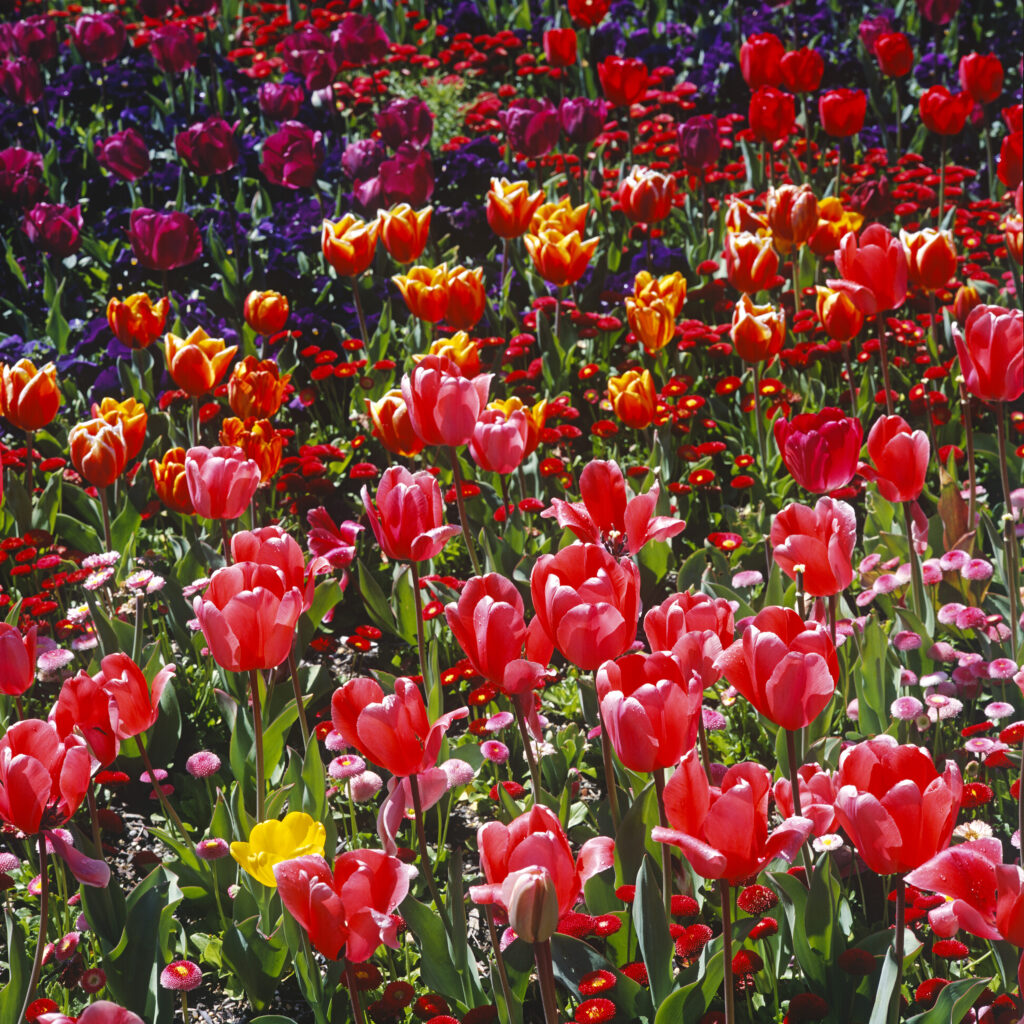
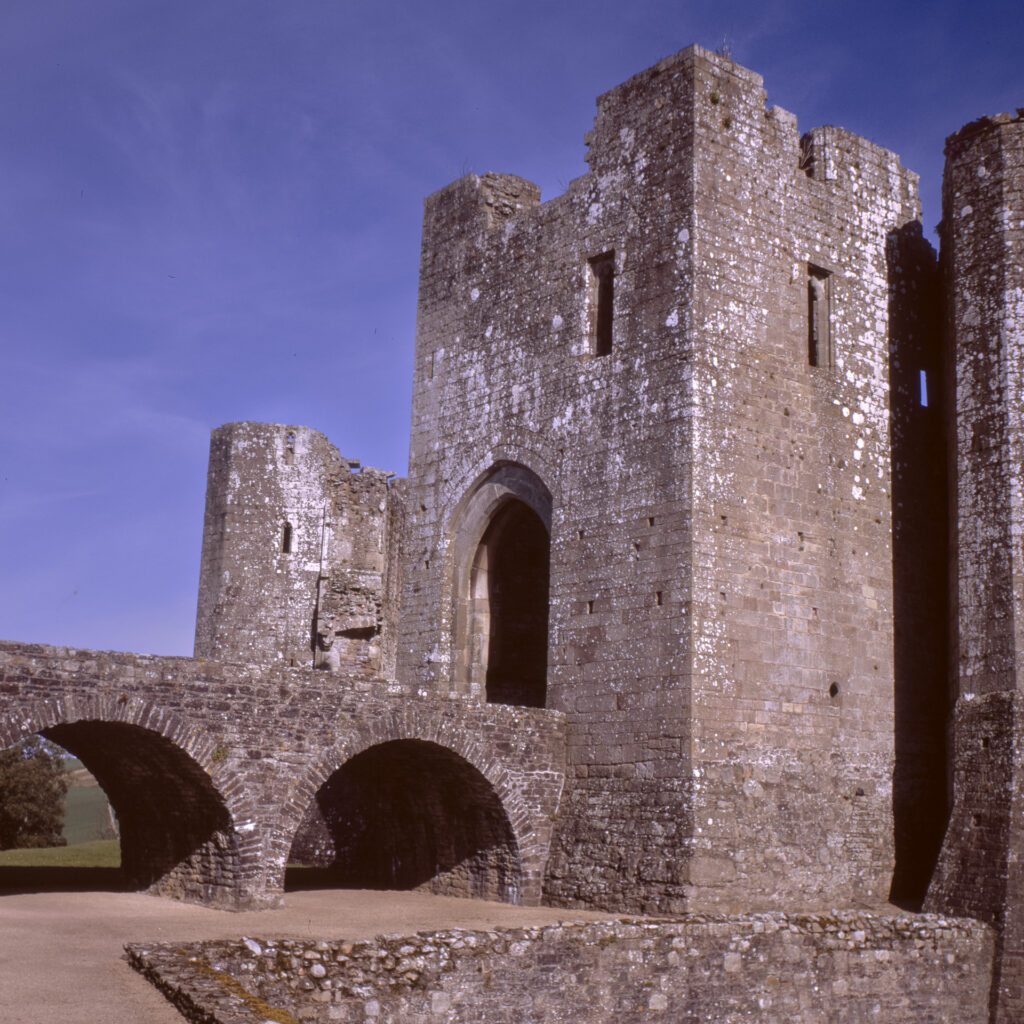
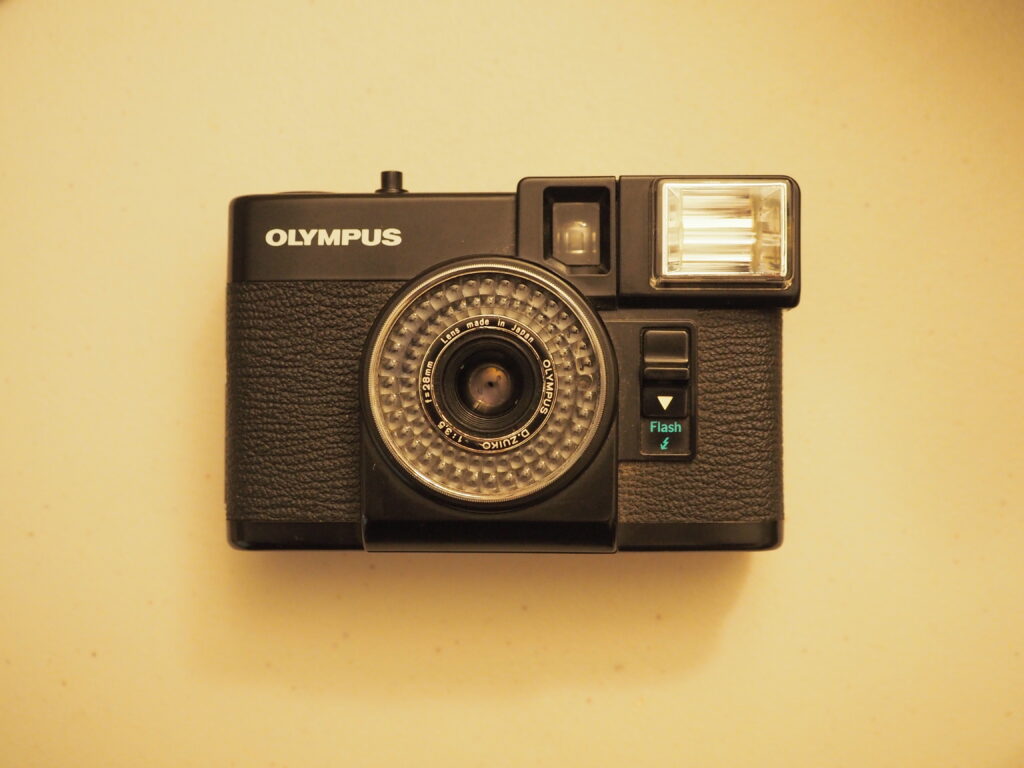
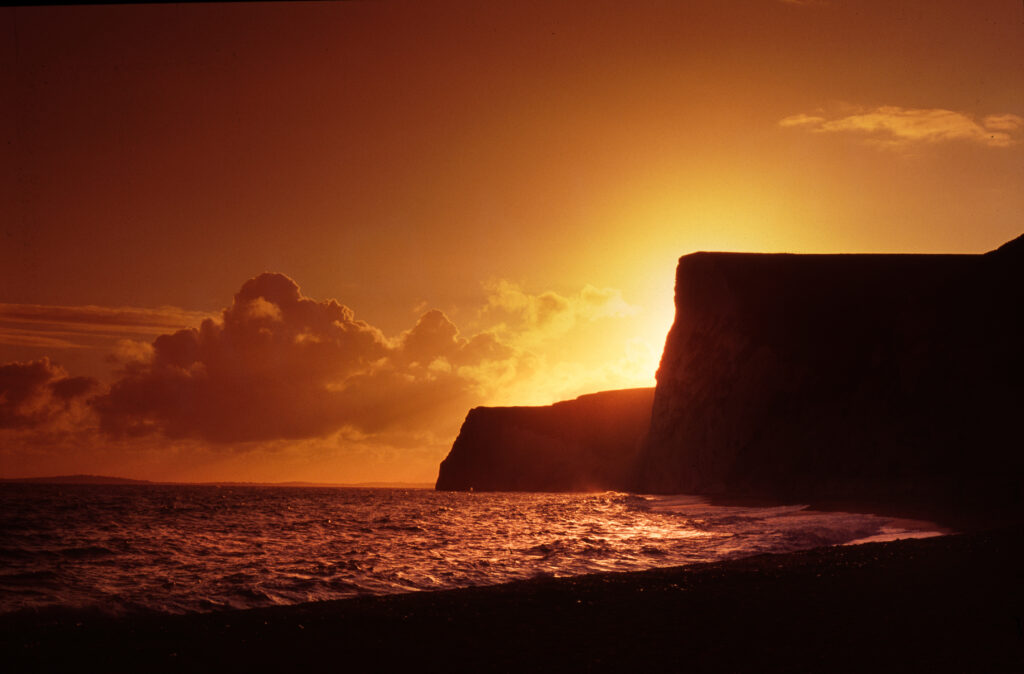
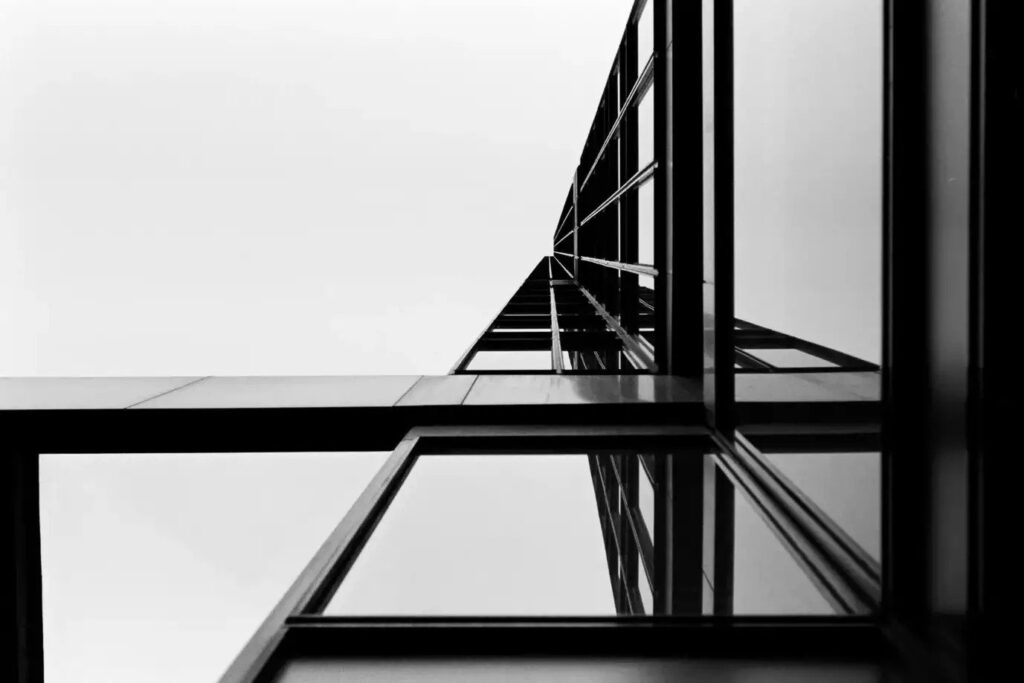
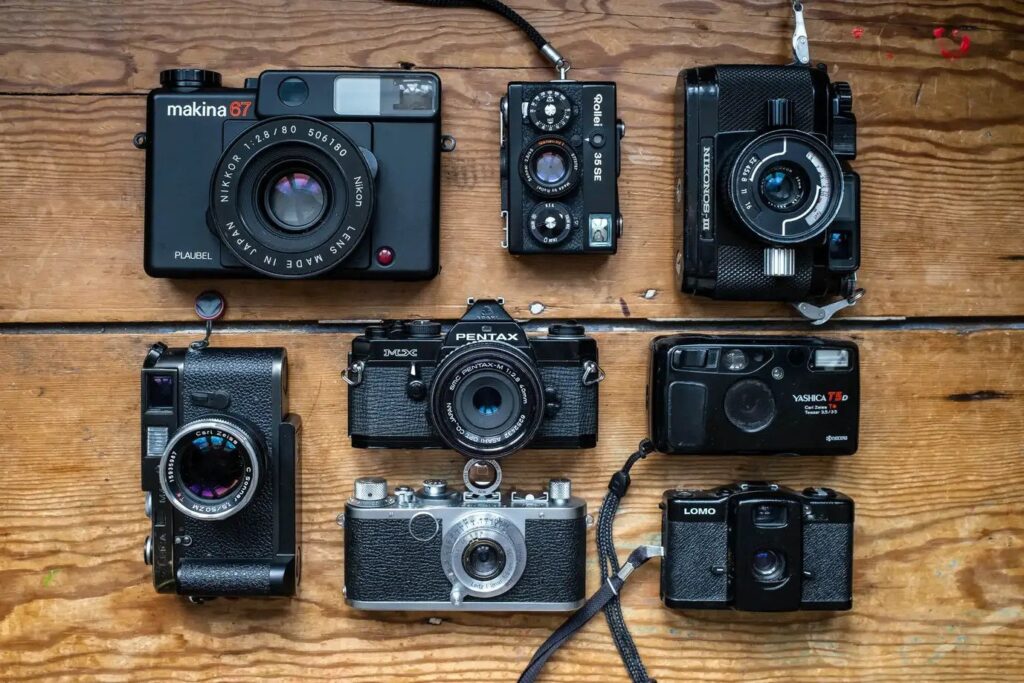
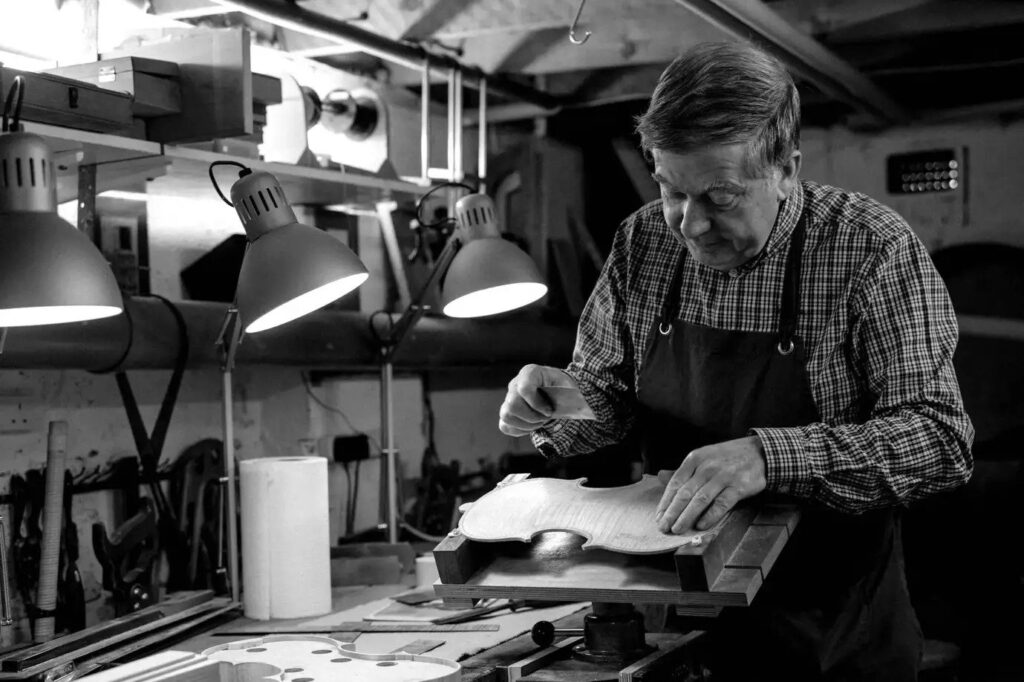
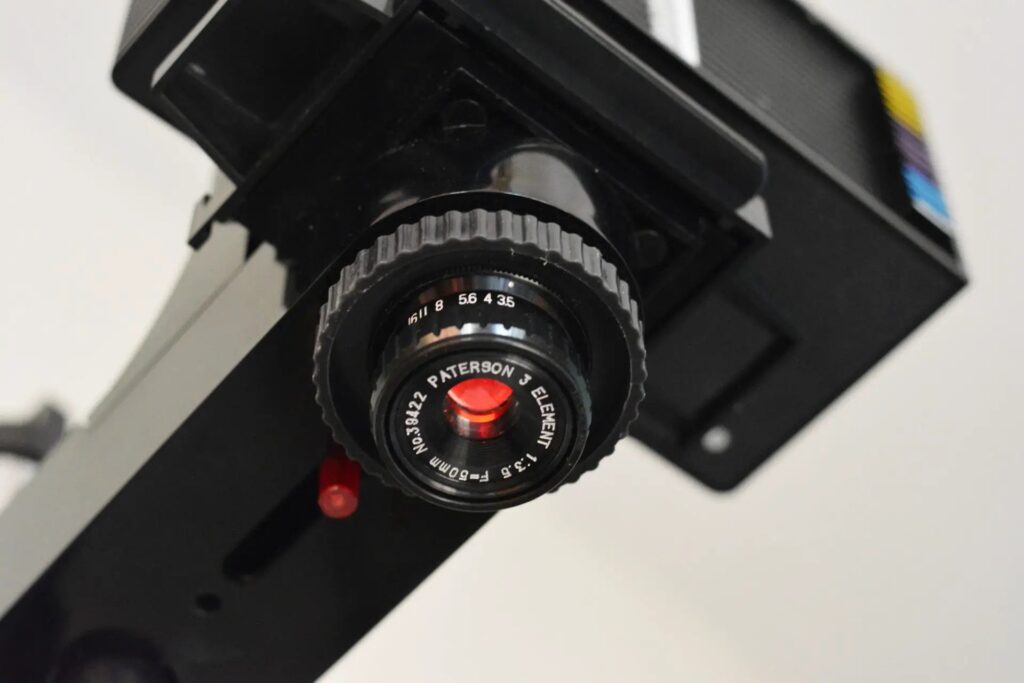
Comments
Graeme on 5 Frames with a “Dreamy” Agfa Click II – By Gabriele Bozzi
Comment posted: 19/04/2022
Comment posted: 19/04/2022
Arthur Gottschalk on 5 Frames with a “Dreamy” Agfa Click II – By Gabriele Bozzi
Comment posted: 19/04/2022
Comment posted: 19/04/2022
Gil Aegerter on 5 Frames with a “Dreamy” Agfa Click II – By Gabriele Bozzi
Comment posted: 19/04/2022
Comment posted: 19/04/2022
commiebiker on 5 Frames with a “Dreamy” Agfa Click II – By Gabriele Bozzi
Comment posted: 19/04/2022
Comment posted: 19/04/2022
Scott Gitlin on 5 Frames with a “Dreamy” Agfa Click II – By Gabriele Bozzi
Comment posted: 20/04/2022
Comment posted: 20/04/2022
Keith Devereux on 5 Frames with a “Dreamy” Agfa Click II – By Gabriele Bozzi
Comment posted: 20/04/2022
Comment posted: 20/04/2022